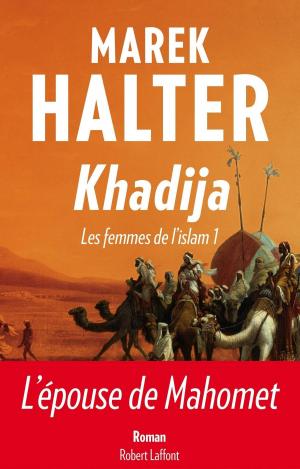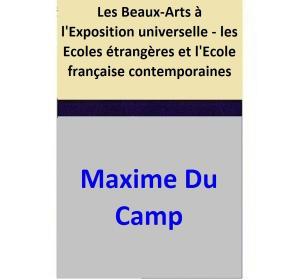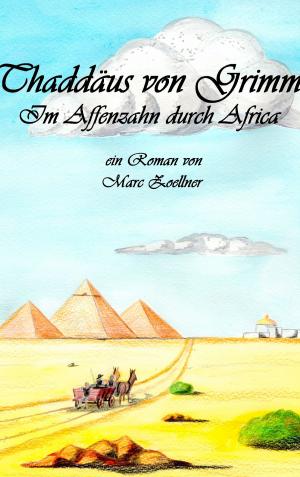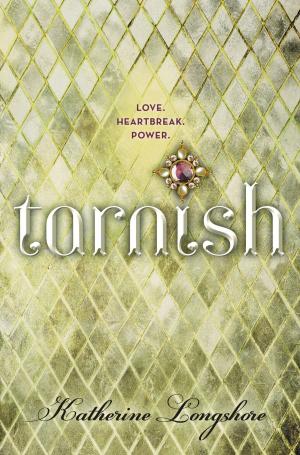Travels in the Central Parts of Indo-China (Siam), Cambodia, and Laos (Vol. 2 of 2)
Fiction & Literature, Classics, Historical| Author: | Henri Mouhot | ISBN: | 1230000995405 |
| Publisher: | @AnnieRoseBooks | Publication: | March 16, 2016 |
| Imprint: | Language: | English |
| Author: | Henri Mouhot |
| ISBN: | 1230000995405 |
| Publisher: | @AnnieRoseBooks |
| Publication: | March 16, 2016 |
| Imprint: | |
| Language: | English |
Half-a-mile beyond Bakhêng are the ruins of Ongcor-Thôm. A partly-destroyed road, hidden by thick layers of sand and dust, and crossing a large ditch, half filled with blocks of stone, portions of columns, and fragments of sculptured lions and elephants, leads to the gateway of the town, which is built in the style of a triumphal arch.
These remains are in a tolerable state of preservation, and are composed of a central tower, 18 metres high, surrounded by four turrets, and flanked by two other towers connected together by galleries. At the top are four immense heads in the Egyptian style; and every available space is filled with sculpture. At the foot of the great tower is a passage for carriages; and on each side of it are doors and staircases communicating with the walls, the whole building being constructed of sandstone. The outer wall is composed of blocks of ferruginous stone, and extends right and left from the entrance. It is about 24 miles square, 3 met. 80 centimet. thick, and 7 met. high, and serves as a support to a glacis which rises almost from the top. At the four cardinal points are doors, there being two on the east side. Within this vast enclosure, now covered with an almost impenetrable forest, are a vast number of buildings, more or less in ruin, which testify to the ancient splendour of the town. In some places, where the heavy rains have washed away the soil, or where the natives have dug in search for treasure, may be seen immense quantities of porcelain and pottery.
Half-a-mile beyond Bakhêng are the ruins of Ongcor-Thôm. A partly-destroyed road, hidden by thick layers of sand and dust, and crossing a large ditch, half filled with blocks of stone, portions of columns, and fragments of sculptured lions and elephants, leads to the gateway of the town, which is built in the style of a triumphal arch.
These remains are in a tolerable state of preservation, and are composed of a central tower, 18 metres high, surrounded by four turrets, and flanked by two other towers connected together by galleries. At the top are four immense heads in the Egyptian style; and every available space is filled with sculpture. At the foot of the great tower is a passage for carriages; and on each side of it are doors and staircases communicating with the walls, the whole building being constructed of sandstone. The outer wall is composed of blocks of ferruginous stone, and extends right and left from the entrance. It is about 24 miles square, 3 met. 80 centimet. thick, and 7 met. high, and serves as a support to a glacis which rises almost from the top. At the four cardinal points are doors, there being two on the east side. Within this vast enclosure, now covered with an almost impenetrable forest, are a vast number of buildings, more or less in ruin, which testify to the ancient splendour of the town. In some places, where the heavy rains have washed away the soil, or where the natives have dug in search for treasure, may be seen immense quantities of porcelain and pottery.















